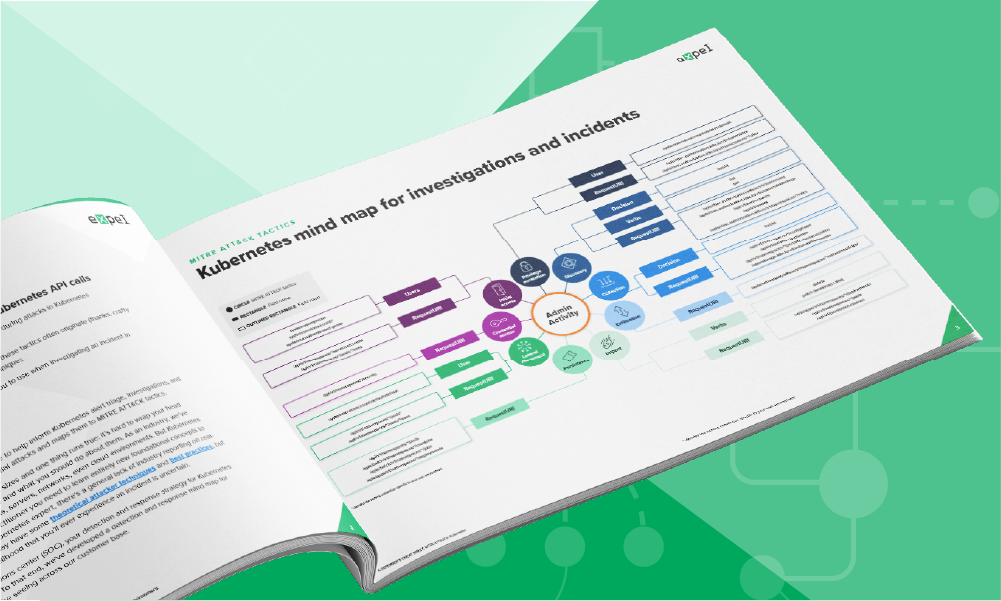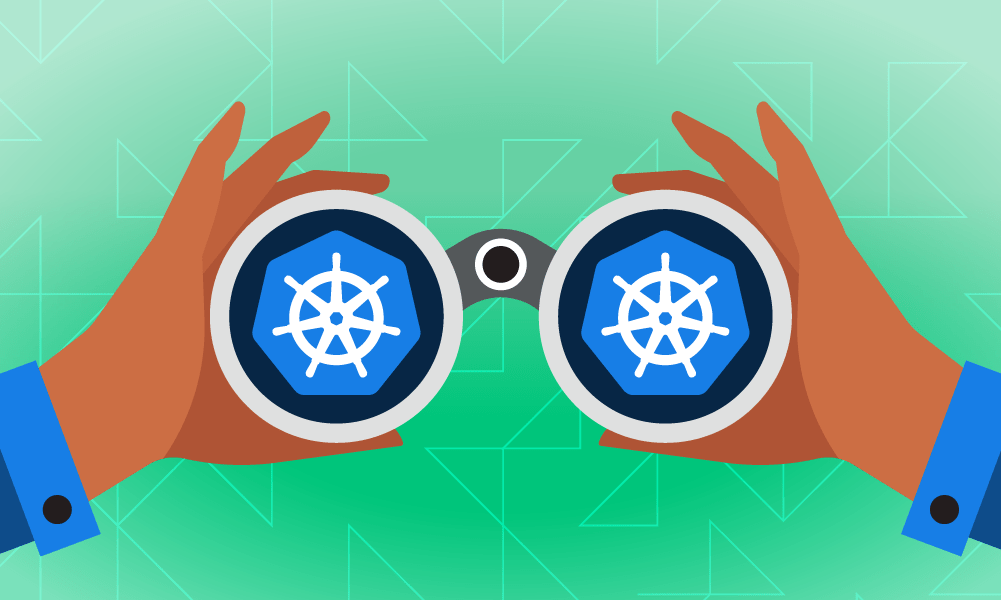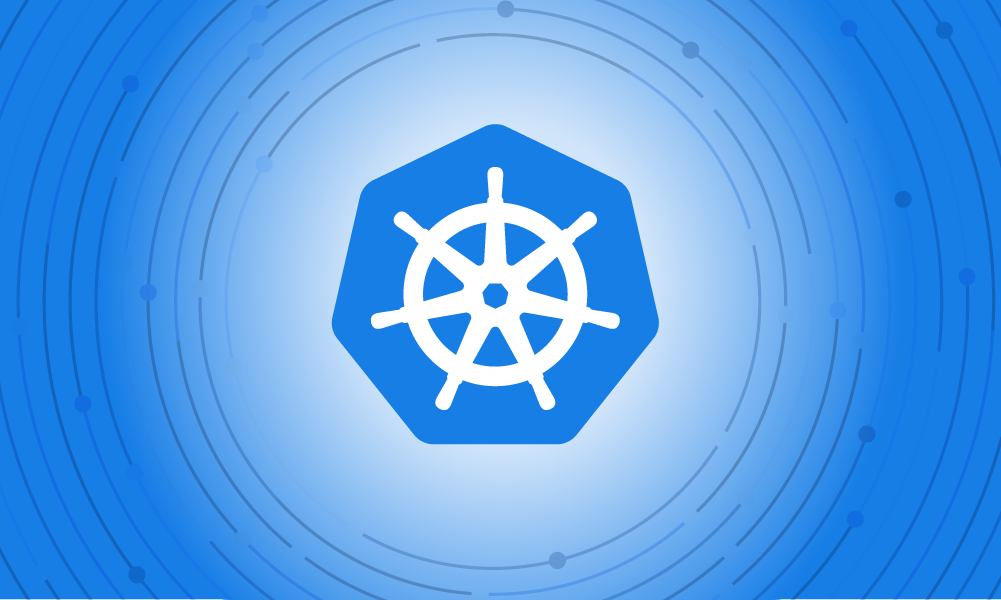Table of Contents
Kubernetes, the open-source platform for managing containerized workloads, has experienced rapid adoption among developers. However, security for Kubernetes has been slower to take hold.
Thanks to the multiple layers and services involved in a Kubernetes deployment, container apps have many attack surfaces. In fact, 67% of organizations have had to slow down deployment due to Kubernetes security concerns. As more containers are deployed, it’s tougher to determine which containers have vulnerabilities. Security teams need to address the unique security challenges of Kubernetes apps.
What features should Kubernetes security offer?
Security for Kubernetes deployments should analyze audit logs, apply custom detection logic to alert on malicious or interesting activity, and offer clear steps to remediate. In addition, security should integrate with container security vendors, including CrowdStrike, Lacework, and Prisma Cloud, so security teams can get more answers from the security tech they’re already using.
Integration
There are many platforms, technologies, and solutions in the modern security operations center (SOC). Kubernetes security solutions need to integrate with as many systems as possible, providing SOC teams with a clean, unified view of the entire attack surface. Of course, this is true for all security solutions—but it’s especially important for Kubernetes, where much of the context for detection and response exists in other technologies.
Customization
Technical requirements change. Business requirements change. New platforms are onboarded. Leadership decides to launch new initiatives. Change can often cause chaos, and chaos increases risk. When Kubernetes operations grow, the SOC needs a security environment that scales quickly and seamlessly. This way, security can accelerate the business instead of getting in the way, turning the board’s periodic cost conversations into ROI conversations.
Automation and analysis
Threats come at any organization fast and furious, so there’s no substitute for intelligent automation in a SOC. Kubernetes is particularly prone to exploitable configuration errors—more than half of organizations using Kubernetes detected a misconfiguration in 2023. A SOC needs the ability to analyze Kubernetes clusters and create detections.
Accessibility
Security is often criticized for being complex and obscure. Kubernetes adds to the complexity. Security solutions should help bridge this gap, because not everyone can be a Kubernetes wizard. The ideal security solution allows SOC staffers to succeed without requiring expert-level Kubernetes chops.
Trust and transparency
“Do I trust my provider?” That’s a question that should always be asked about tech vendors, and especially the ones selling security solutions. Transparency goes a long way toward building trust.
What are the benefits of Kubernetes security solutions?
Accelerating cloud adoption
Effective security means software developers won’t be held back by security concerns. Security can detect and respond to threats as soon as they pop up in Kubernetes workloads.
Demystifying Kubernetes security
Security filters out noise; details findings by Kubernetes cluster, severity and title; and aligns findings to the MITRE ATT&CK framework so teams know what’s happening and how they can improve security.
Benchmarking for continuous improvement
Security solutions recommend improvements and benchmark how Kubernetes risk exposure and security posture are trending against industry best practices over time.
Reducing employee burnout and alert fatigue
Kubernetes security solutions can filter out low-fidelity alerts, so teams only address the alerts that matter. The alerts that matter should include context before investigation begins.
Which vulnerabilities in Kubernetes deployments should be monitored?
During the build stage
One of the most common issues at this stage is suspect code, meaning code that may have come from an untrusted or unverified source. Such code could contain malware or backdoors for hackers to use later. Another problem can be the use of overly large packages that increase the attack surface. Containerized deployments should only have the libraries and resources needed to run the application. Extraneous code invites trouble.
During the deploy stage
During deployment, privileges should be tightly controlled, preferably with role-based access controls, if possible. It’s also essential to segment and isolate applications. Namespace should be used to ensure separation of applications and deployments. This is to prevent use of one cluster to launch incursions into others.
During the runtime stage
Kubernetes deployments are complex and continuously changing, with many moving parts. At the runtime phase, Kubernetes deployments face all the same threats as any cloud infrastructure, such as stolen credentials, attackers that evade detection, malware, data hijacking, and denial of service.




